The Supplemental Security Income (SSI) program, managed by the Social Security Administration (SSA), is intended to provide financial assistance to people over the age of 65, people with disabilities or blindness, and those with very limited income.
It is a program that provides a basic income to meet basic needs such as food and housing.
To receive this assistance, applicants must meet certain criteria. In addition to the age or disability requirements, applicants must demonstrate limited financial resources and obtain SSA approval. This step is required to gain access to the program.
Date of the next SSI payment
The next SSI payment is scheduled for January 31, 2025, though it technically falls in February. This change in date is because the usual payment date, February 1, falls on a Saturday. To avoid delays, the SSA moves the deposits to the last business day of January, which in this case is a Friday.
Why is this change significant? Many SSI recipients have very tight budgets. Ensuring that the money arrives on time is critical for them to meet their basic expenses without interruption.
How much money will beneficiaries receive?
The amount each person receives under SSI varies according to their personal situation, but there are established maximums that serve as a reference:
- Individual persons: up to $967.
- Eligible couples: up to $1,450.
- Essential persons (those who provide specific care): up to $484.
It is important to note that these amounts may be lower if the beneficiary receives other Social Security income, such as retirement pensions or disability payments.
These amounts reflect the cost-of-living adjustment (COLA) applied in 2025, a measure intended to counteract the impact of inflation and maintain the purchasing power of beneficiaries.
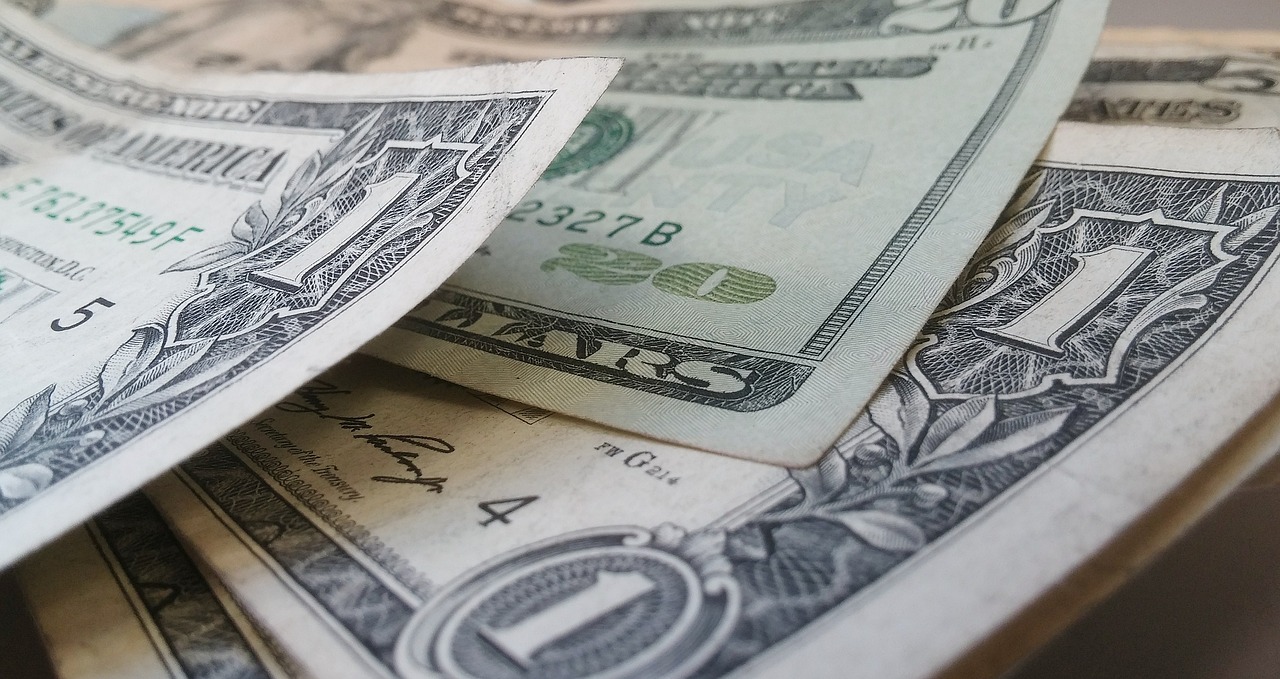
Why SSI is crucial for so many families
For many families, SSI is more than just a source of income. This program contributes to the provision of basic necessities such as food, medications, and services.
The fact that the January payment has been moved to the 31st demonstrates the importance of ensuring that money arrives on time, especially for those living on a tight budget. A delay could result in problems such as food insecurity or nonpayment for essential services.
What do you need to do to receive the payment?
If you are already enrolled in the SSI program, there is no need to do anything special. Depending on your preferences, the funds will be automatically transferred to your bank account or sent via check.
However, if you have any questions about the status of your payment or need to update your information, please contact the SSA. You can do this over the phone or through their official online portal, which contains all of the necessary information.
Tips to make the most of your SSI payment
Since this January payment is meant to cover February, it is important to plan its use carefully. Here are some recommendations:
- Cover basic expenses first: Prioritize food, housing, and essential services.
- Save something for emergencies: If possible, set aside a small portion of the payment for an emergency fund for unexpected expenses.
- Take advantage of local resources: In many communities, there are additional assistance programs, such as food banks or service discounts, that can complement SSI.
The SSI payment on January 31, 2025, will be critical for many elderly and disabled people. This limited income is crucial for maintaining economic stability and covering basic expenses.
If you are a beneficiary, make sure to carefully plan your finances and stay up to date on any program changes. If properly managed, this money can make a significant difference in one’s daily life by providing peace of mind and security.

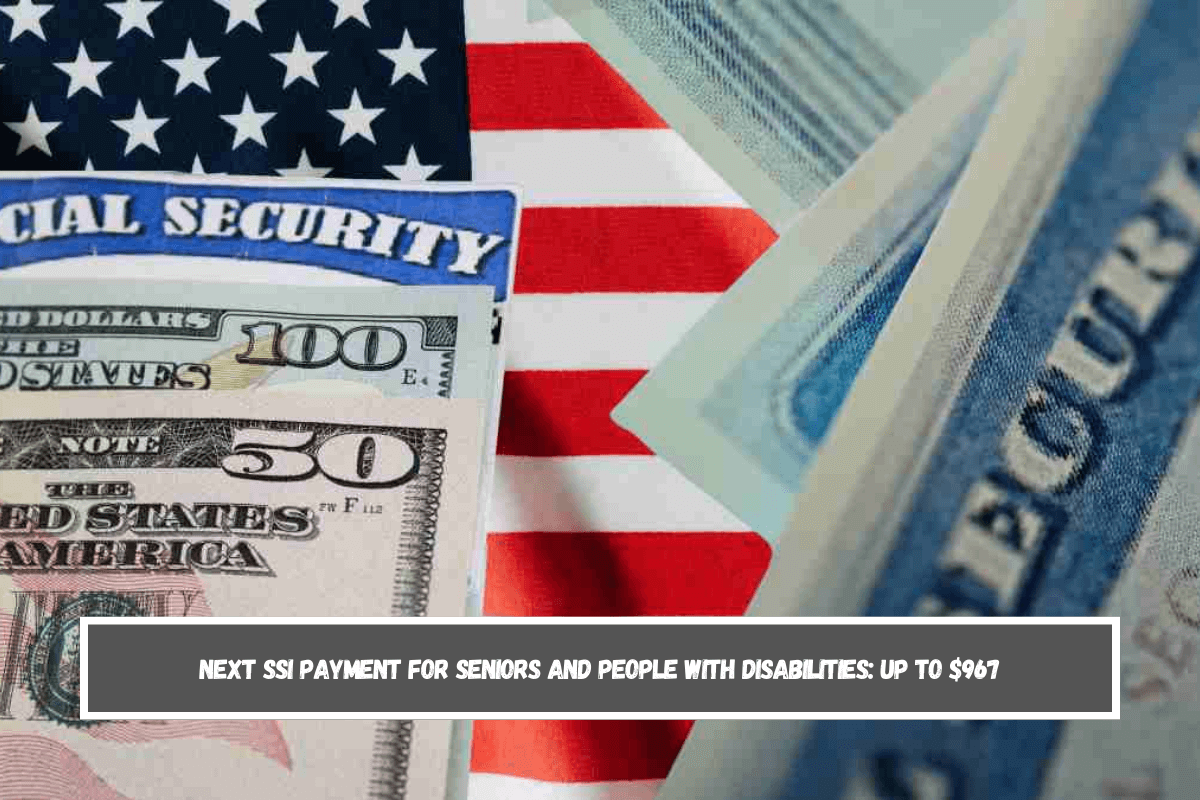
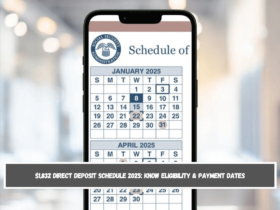



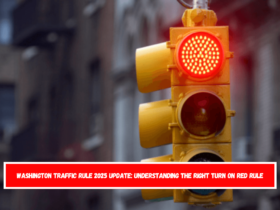


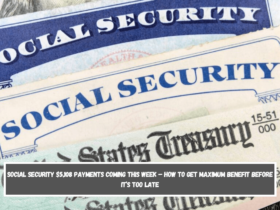
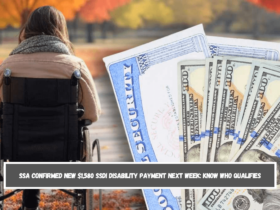
Leave a Reply